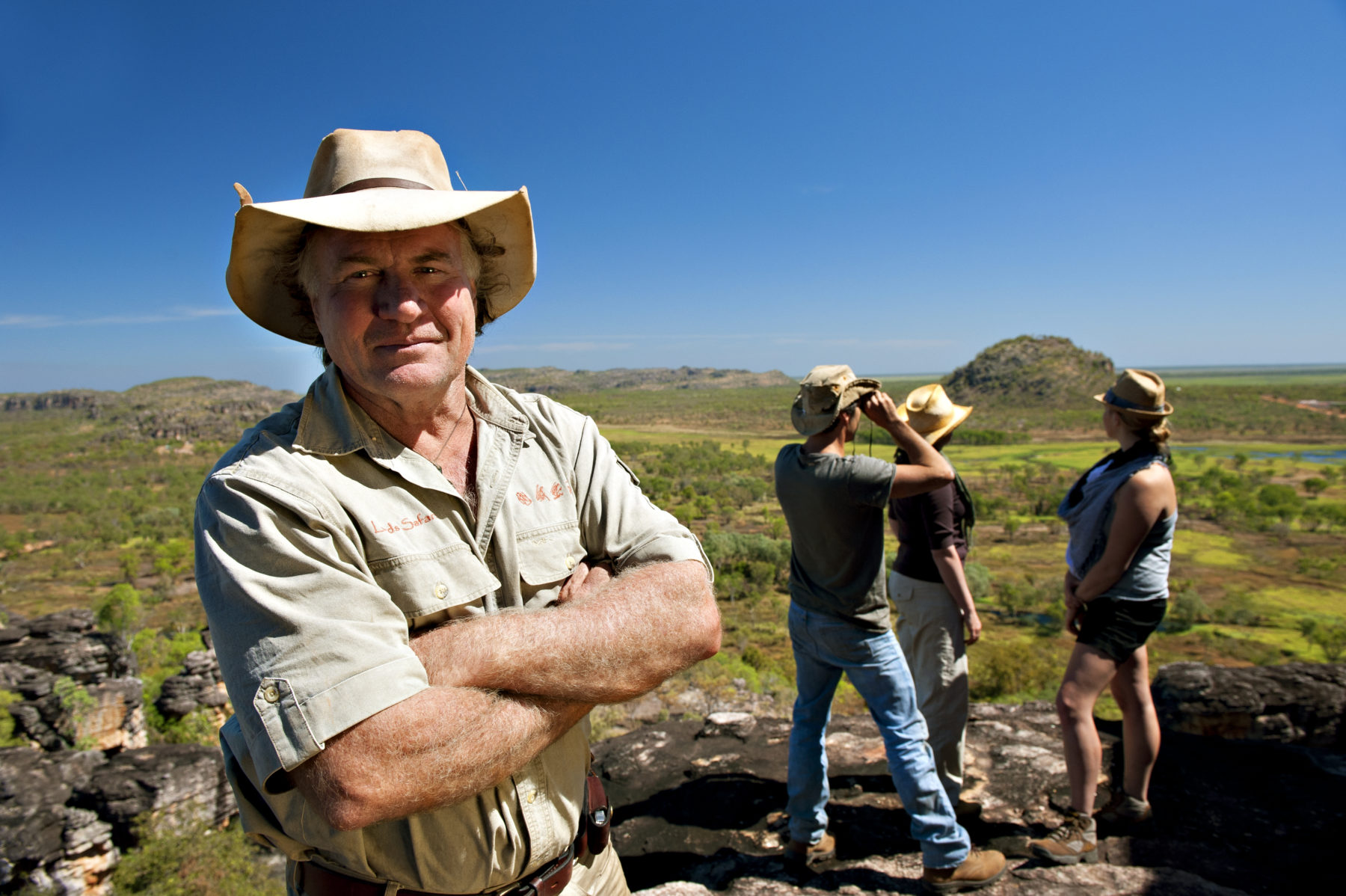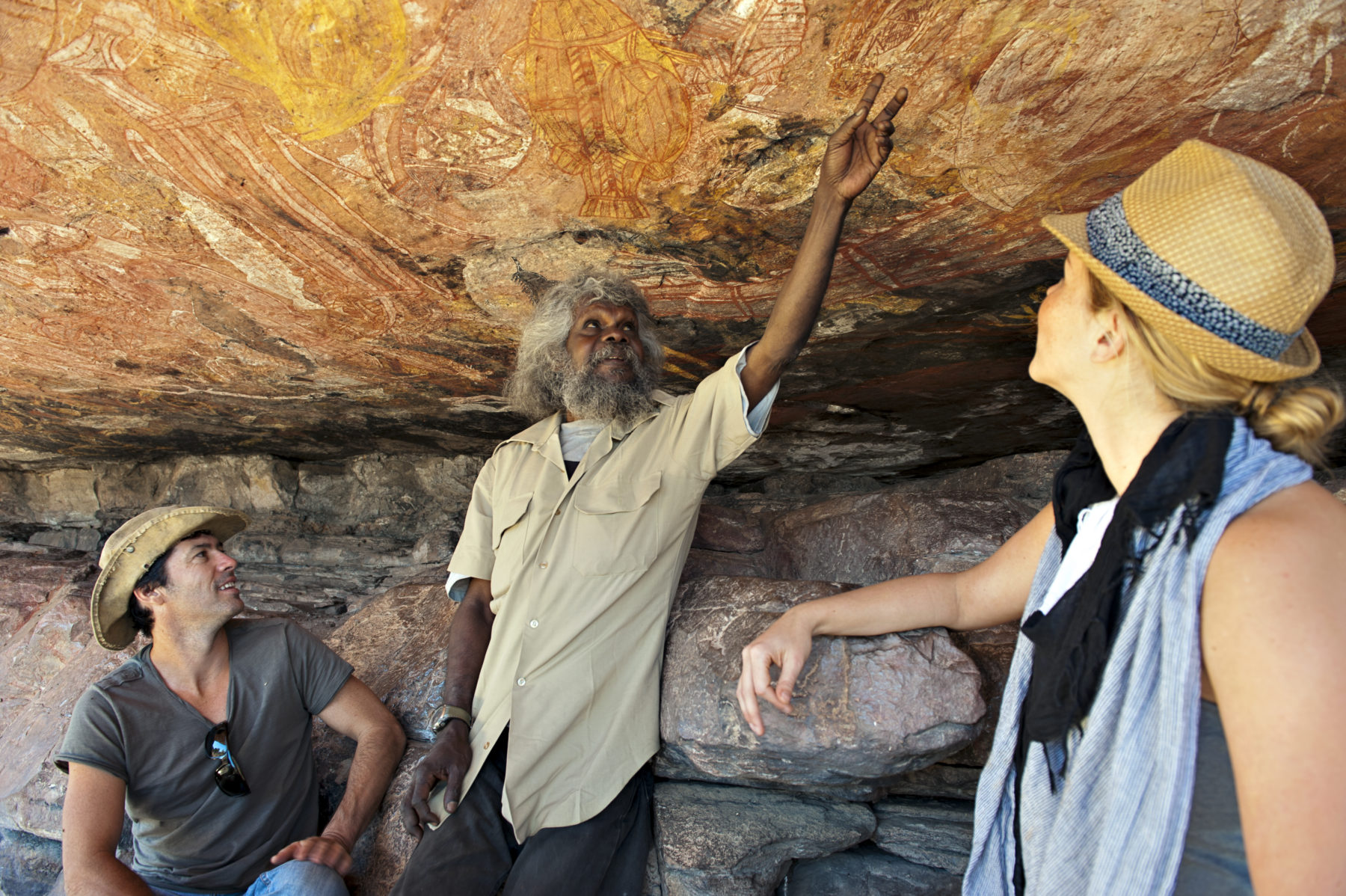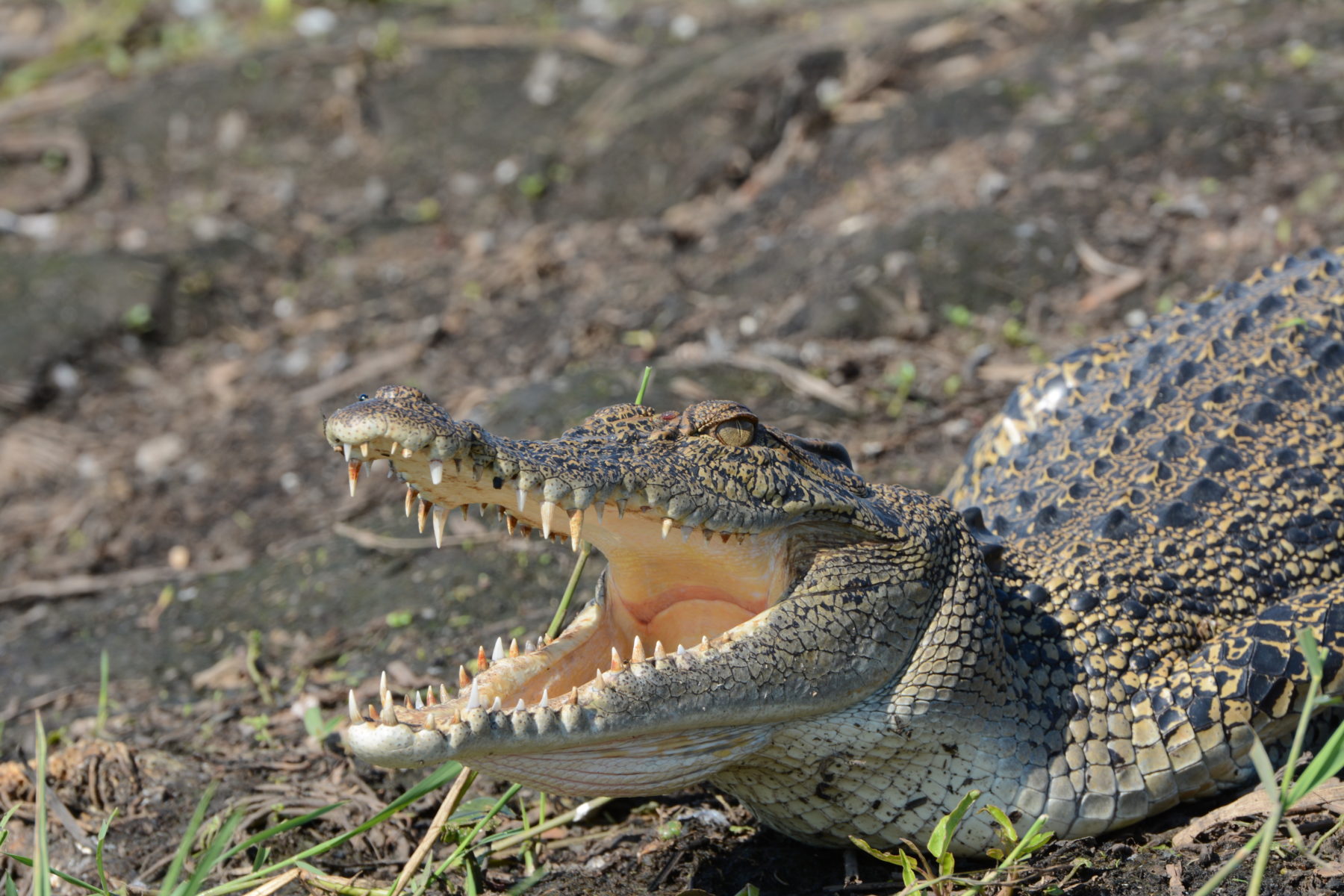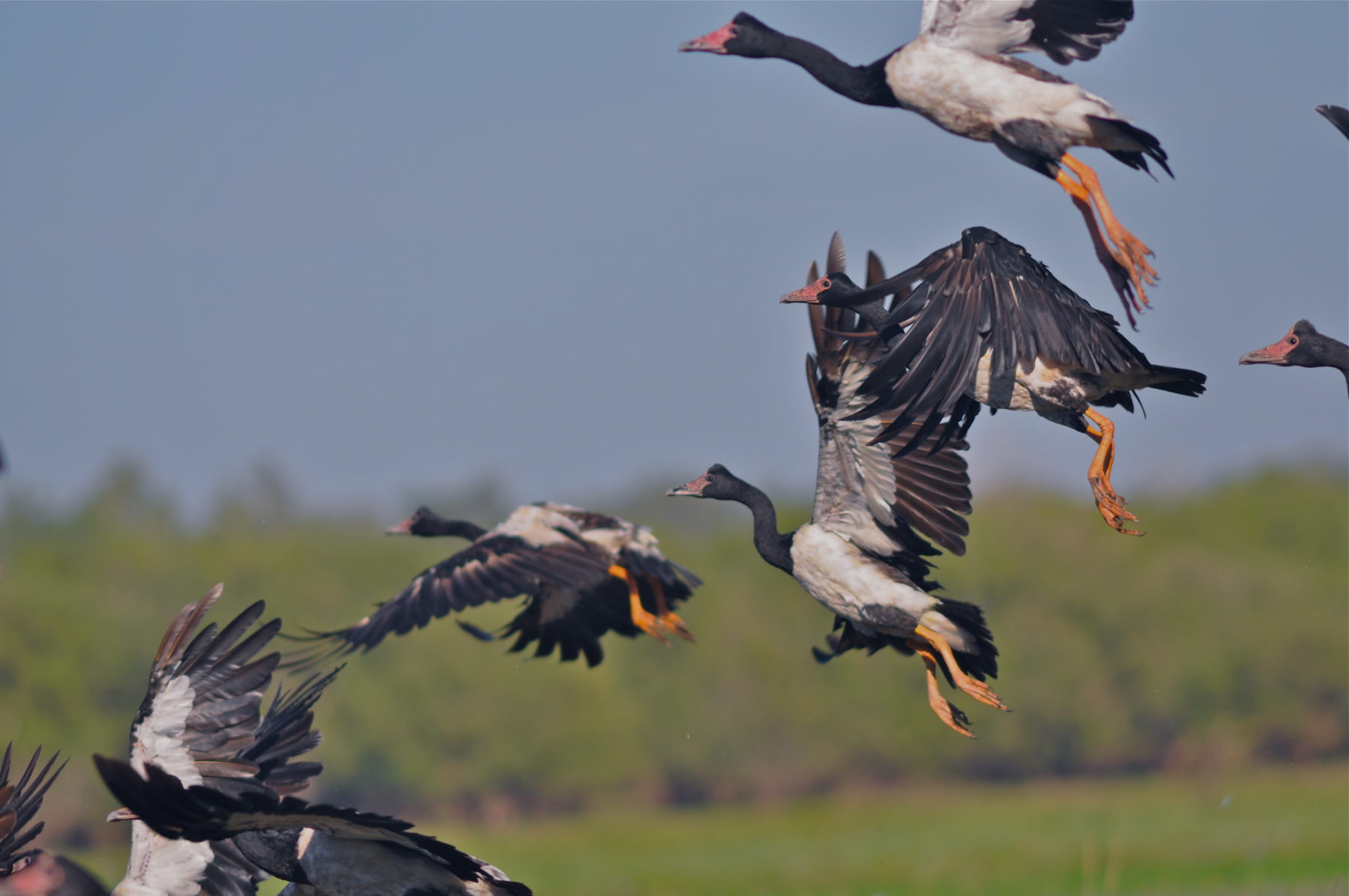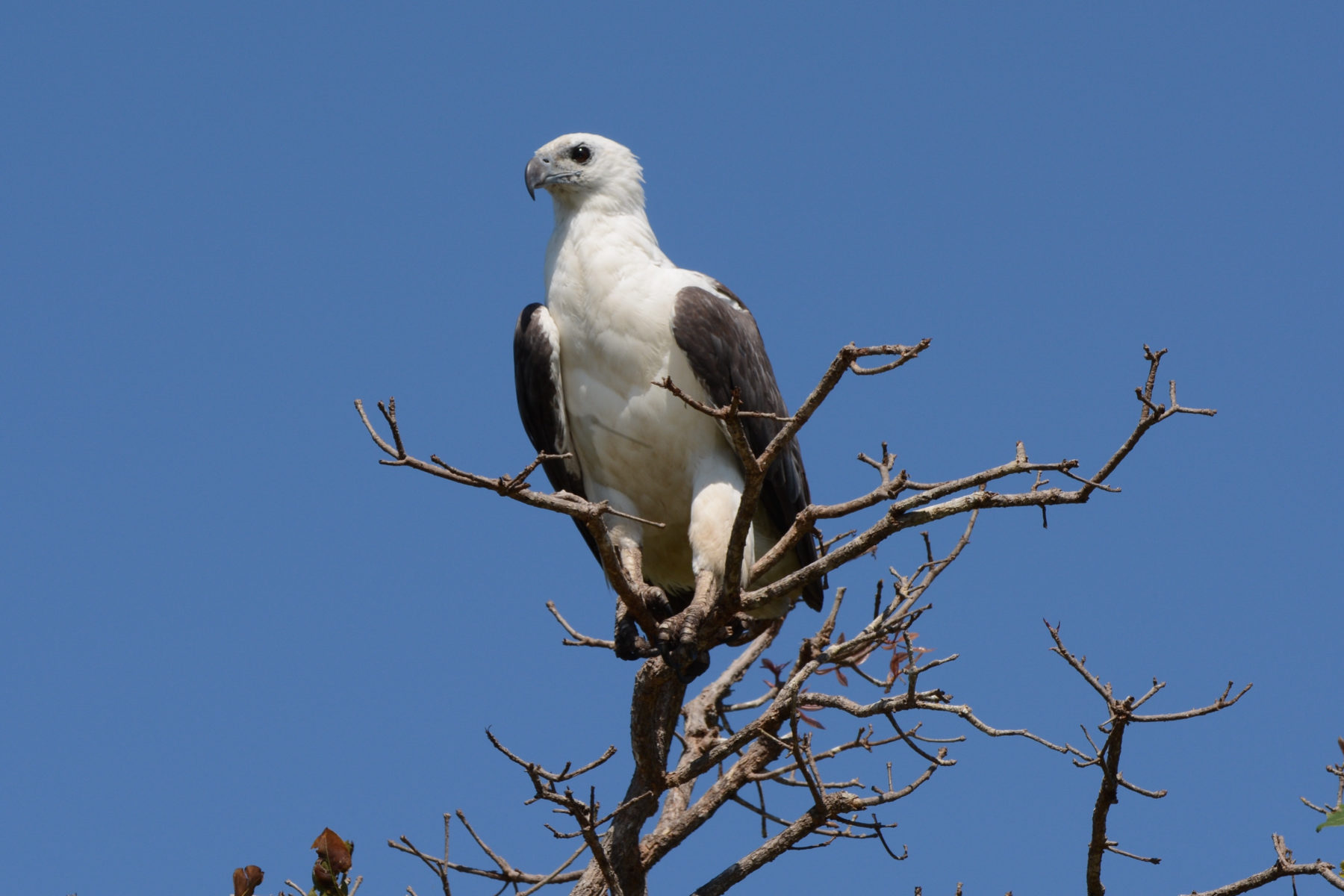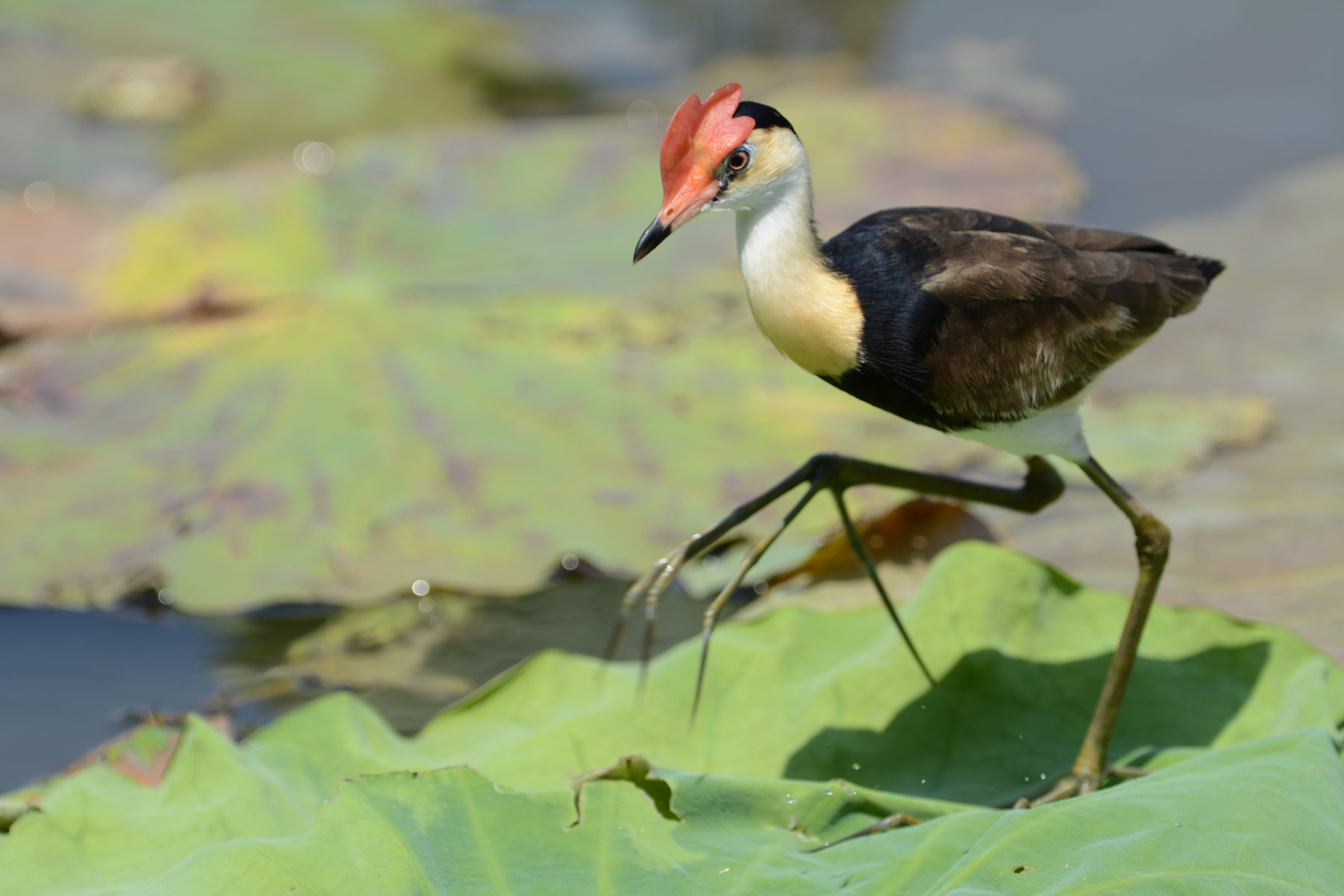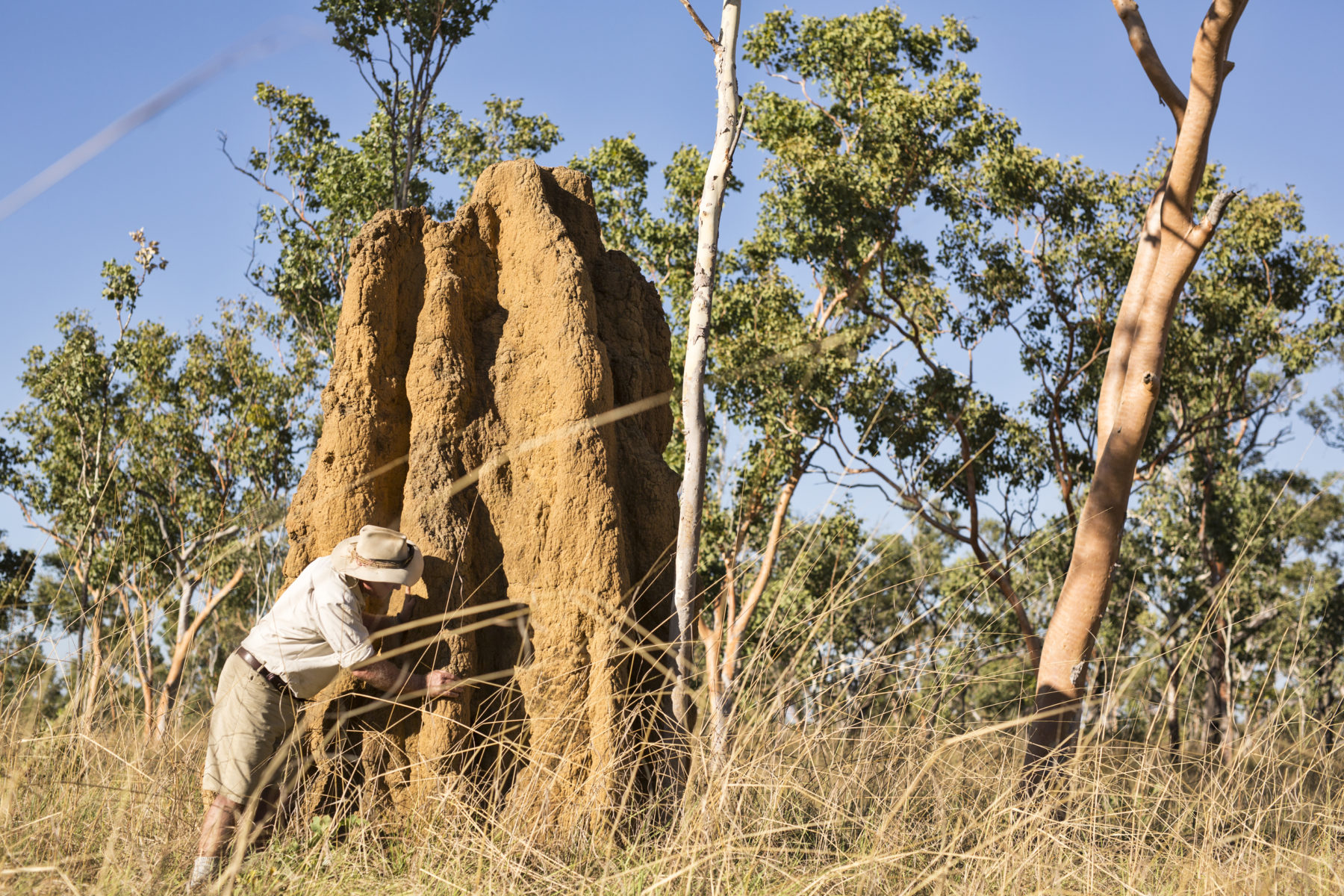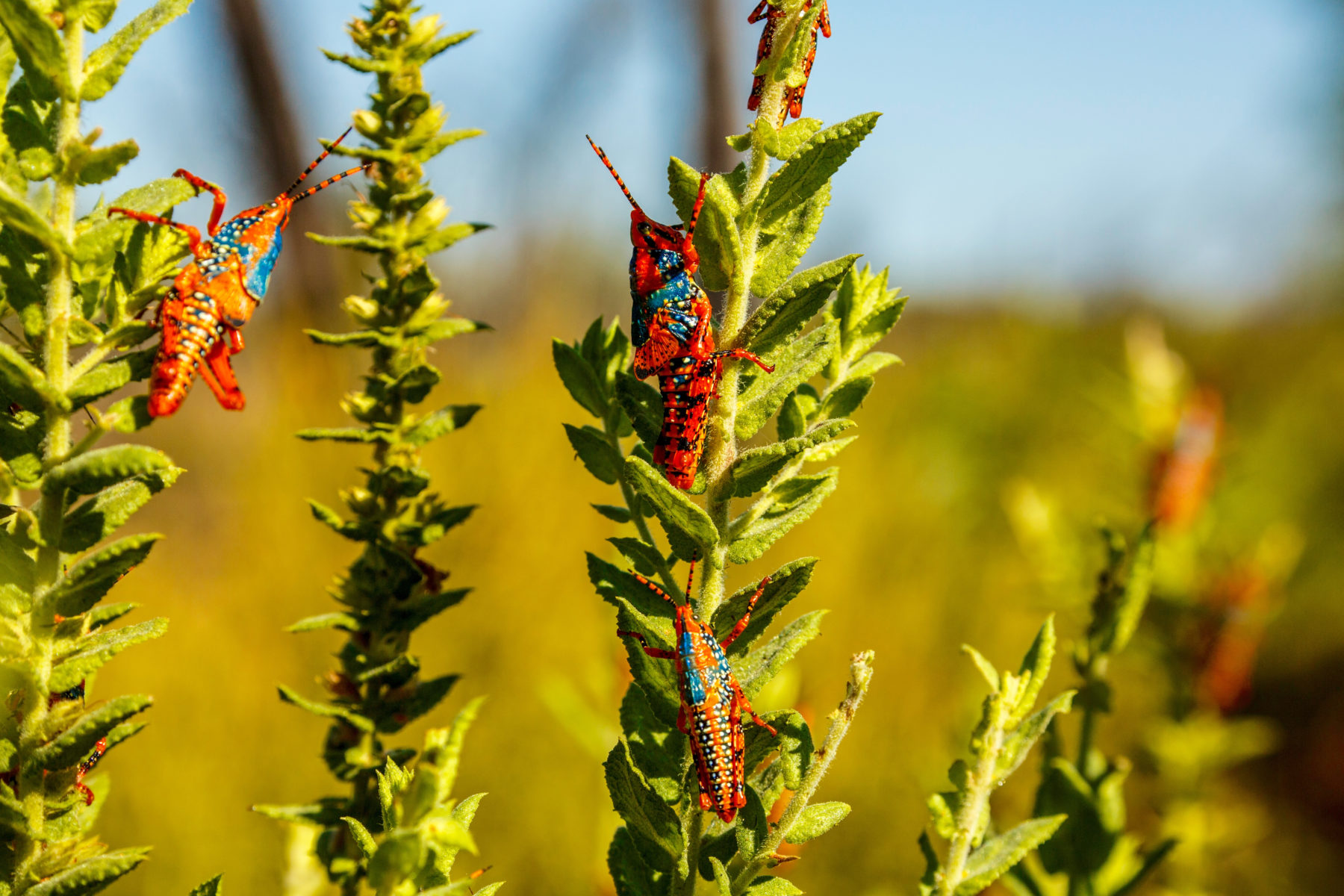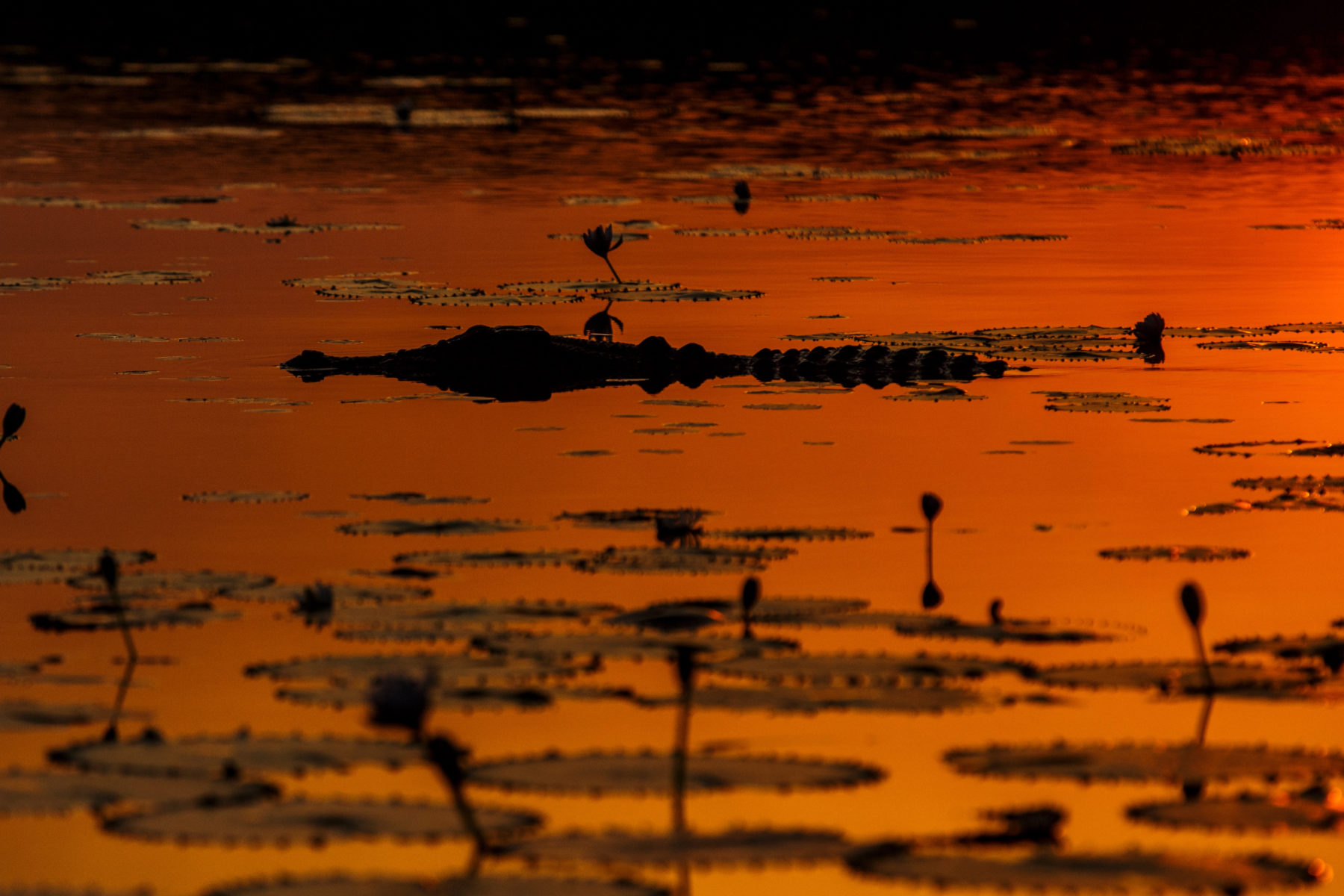At play in the fields of the Lords

Most of us grew up in cities where wildlife spotting meant avoiding pesky magpies in spring, the occasional blue-tongue lizard and maybe a flotilla of bats heading for home in a Gotham-like procession at dusk. For Sab Lord, who was born and grew up in Kakadu, it was all about crocodiles and buffalo, emu and goanna, snakes, and a slew of birds, depending on the season.
“My dad was a buffalo and crocodile shooter. We were basically the first white kids living out there (in Kakadu). Dad built a bare block and that grew to be a fully operational buffalo station,” Sab said. His dad employed the local Aboriginal people, who taught Sab and his brother the ways of the land, their language and about the wildlife that flourishes here and that has fed their ancestors of thousands of years. They involved them in traditional ceremonies and granted rare permission for Sab to share culturally significant sites and stories.
“To me, I was awfully fortunate, so was my brother, that very few other people ever had that opportunity like we did with Aboriginal people back in the 1960s and early ’70s that were still living quite a traditional lifestyle.”
Sab learned a lot about the flora and fauna of the area as well as developing an understanding of the land, the culture and Country. Experiences he has put to good use guiding tours for his family company, Lord’s Safaris, for 30 years. He has knowledge not available to everyone, about places, people, traditions and respect.
“I think the most important thing is my knowledge of Aboriginal people. I mean, I don’t read stuff in any book unless it’s about specific issues. I was brought up with Aboriginal people from a young age. For me, it was seeing it through their eyes and understanding what they were trying to express to you.”
Back in those days, when Sab’s dad established the buffalo business, Kakadu was not a national park. It transitioned into a national park from 1979 to 1991 and was recognised as a UNESCO World Heritage area in 1981. Sab said it had changed dramatically in his lifetime.
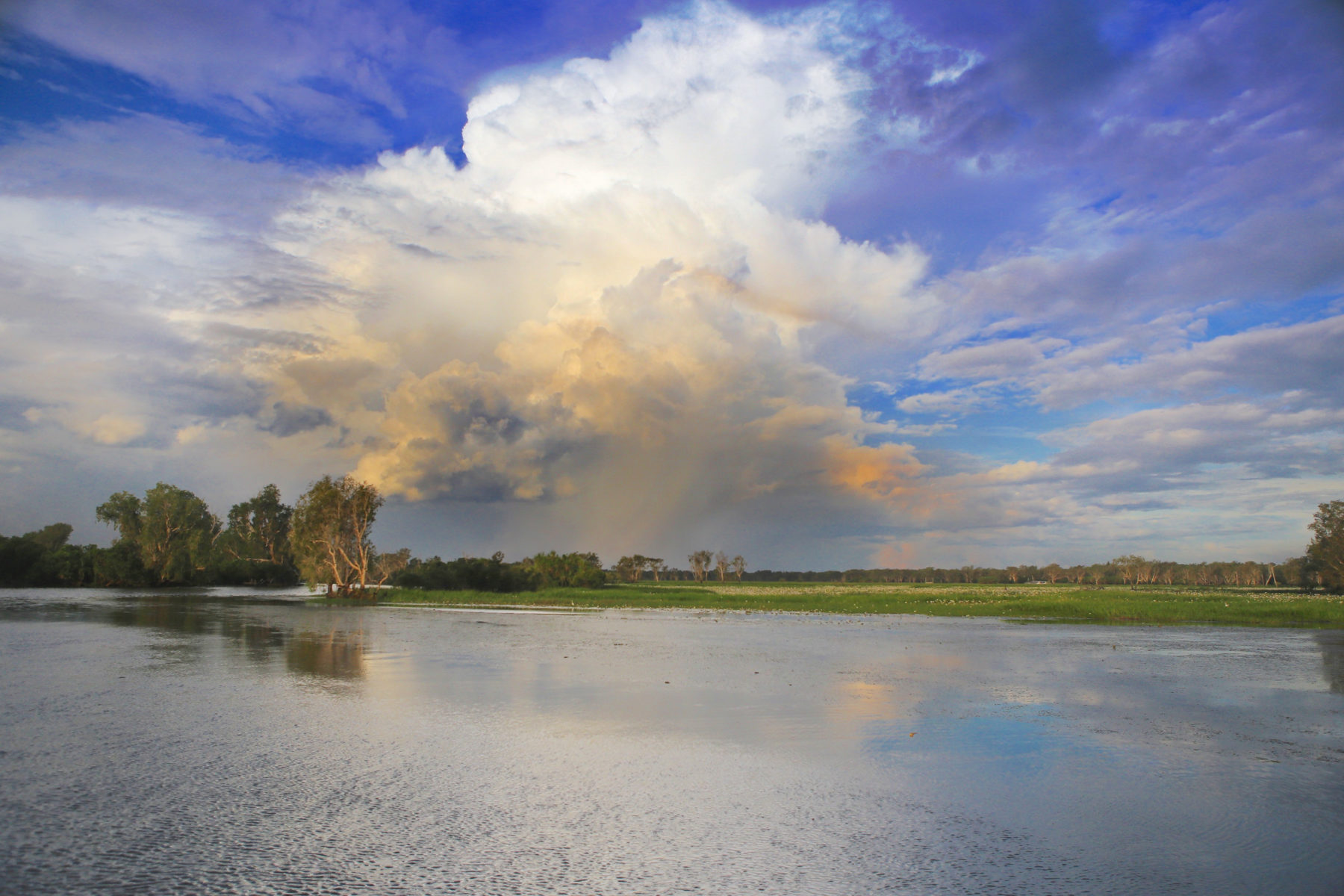
“When I was growing up there, we just had freedom. We could do what we wanted to. The old man was a bit of a conservationist, probably before his time in some aspects. He was quite strict on where rubbish went and so forth. That was good for me as understanding the importance of wildlife started with him.”
Talking about wildlife numbers in the park, Sab said there are a lot of crocodiles. “We don’t have as many emus here now as we used to, which is a shame. That’s to do with fires and basically different hunting techniques. These days I get excited when I see a pair of them or even one and some chicks. And I think also for me, the disappearance of monitors and goannas, and snakes, with the arrival of cane toads, is probably the biggest impact that I’ve actually seen in the last 15 years. Cane toads have had a massive impact on the wildlife here, and not just in Kakadu, but in Arnhem Land.”
On tour in the Top End
Lords Safaris, a member of Australian Wildlife Journeys, is based in Darwin and Sab is quick so tell me that the people who go on his safaris are guests, not tourists. That shows his philosophy of connecting with the guests, sharing his knowledge and passion for this incredible landscape, and unlocking the secrets of the place, its people and their cultures. Sab wants to pass on his very deep appreciation for the sacred and spiritual nature of the land here and educate the guests on the importance of Aboriginal culture, and art in the past, and for the future.
Apart from his own tours for Lords Safaris, Sab is doing some tours with Australian Geographic. There are two 5-day, 4-night itineraries to choose from. The Kakadu and Arnhem Land itinerary features accommodation at Lords Private Tented Camp in Kakadu, which has permanent glamping tents and is a wonderful base from which to explore some of Kakadu’s many gems, including a sunset cruise on Yellow Water Billabong to see crocodiles, some of the 250 species of bird that have been sighted here, and Jarrangbarnmi (Koolpin Gorge), an idyllic area for which permits, and local knowledge are required, as guests explore the magnificent gorges and the cascading formation known as Giant’s Staircase.
Some of Kakadu’s known, and lesser-known waterfalls, Jim Jim, Twin falls and the impressive Maguk, will also be a Kakadu highlight.
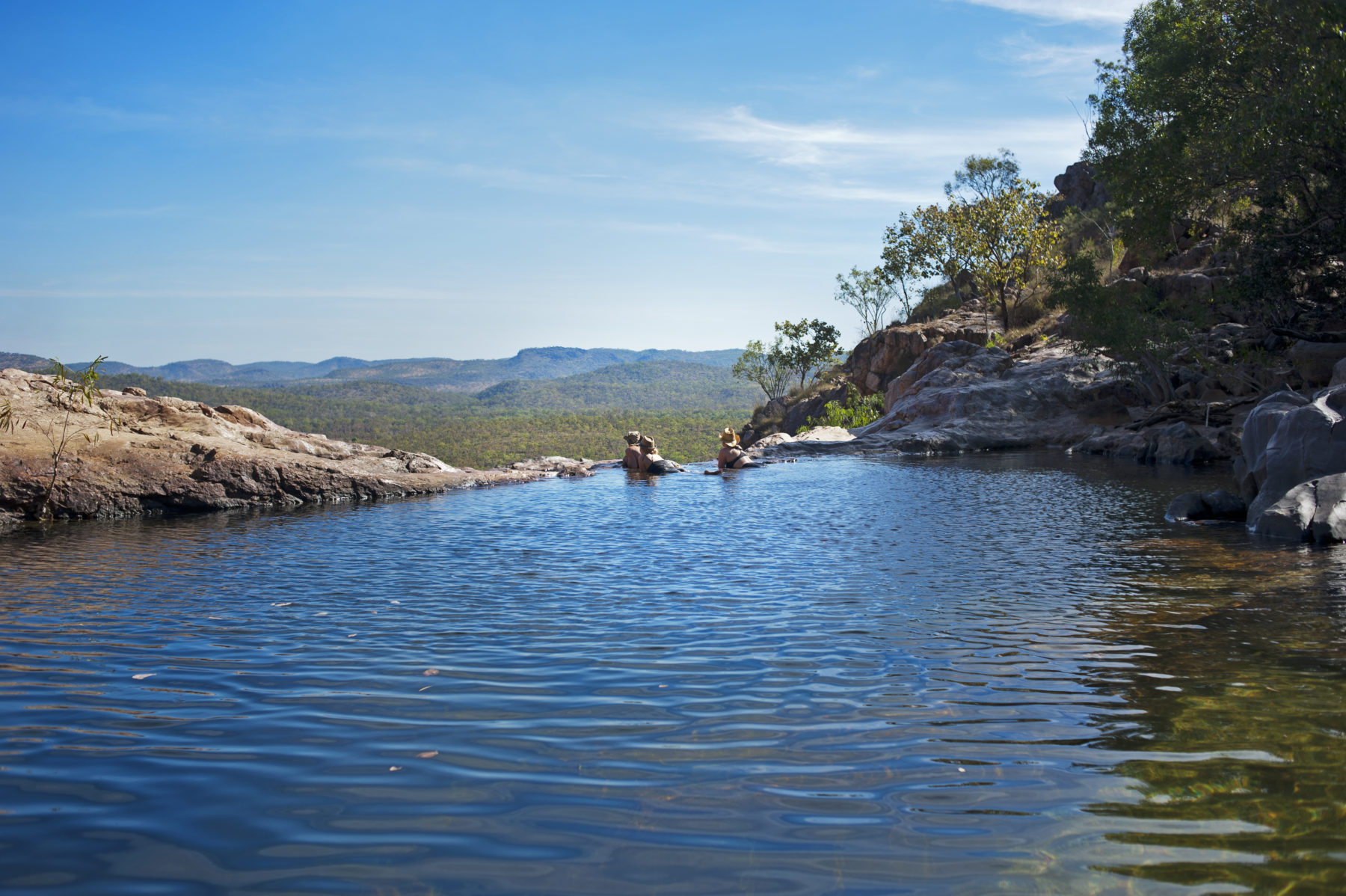
The tour also includes Arnhem Land, accessible only to a few tour operators of which Lords Safaris is one. Even the drive to the Gunbalanya Aboriginal Community is spectacular, with floodplains, billabongs and escarpment a visual feast. Upon arrival at Gunbalanya you will visit the Injalak Arts and Craft Centre where you can meet and watch traditional local artists in action as well as visit some of the breathtaking rock art galleries on Injalak Hill (Long Tom Dreaming or Kurrkabal) with an Aboriginal guide.
Australian Geographic’s Top End Luxury Safari Adventure includes stays at Bamurru Plains, an exclusive safari lodge on the Mary River with its floodplains and savannah a haven for myriad wildlife, and Arnhem Land Davidson’s Safaris at Mount Borradaile, a registered Aboriginal sacred site tucked up against the rugged and sculpted Arnhem Land escarpment.
Sab knows these areas like the back of his well-used hands and says Bamurru’s birdlife, in particular, is phenomenal, with 236 recorded species. “You still see big numbers, huge numbers of birds at Bamurru Plains. By the end of September, there’ll be 300,000 magpie geese there. At Davidson’s there is quite a diversity of birdlife, from jabirus – my favourite bird because they are so graceful – right through to the smaller sandstone birds.”
Into the wild
There is no doubt the significance of Kakadu and Arnhem Land for all Australians and Sab hopes that everyone who possibly can, visits this natural and time-honoured land. “I’ve noticed in my lifetime over 30 years of guiding, that there’s a lot of people, and a lot of kids that haven’t experienced the wild. They’ve missed the opportunity to see what the wild is all about. And I believe that by coming out, not just with me, but to get out in the bush and experience it and sit around a fire and just experience the sounds and noises that are around them, it will make a difference.”
When asked what he hopes his guests take away from one of his tours, Sab thought long and hard before saying, “The Aboriginal people here are still doing ceremony, land is very important to them. I talk to my guests and try and explain that what you read in a book and what you actually experience up here are two different things. I really hope my guests develop an appreciation for the sacred and spiritual nature of the places we go, to feel it for themselves.”
So go, feel it, see what wild feels like.
